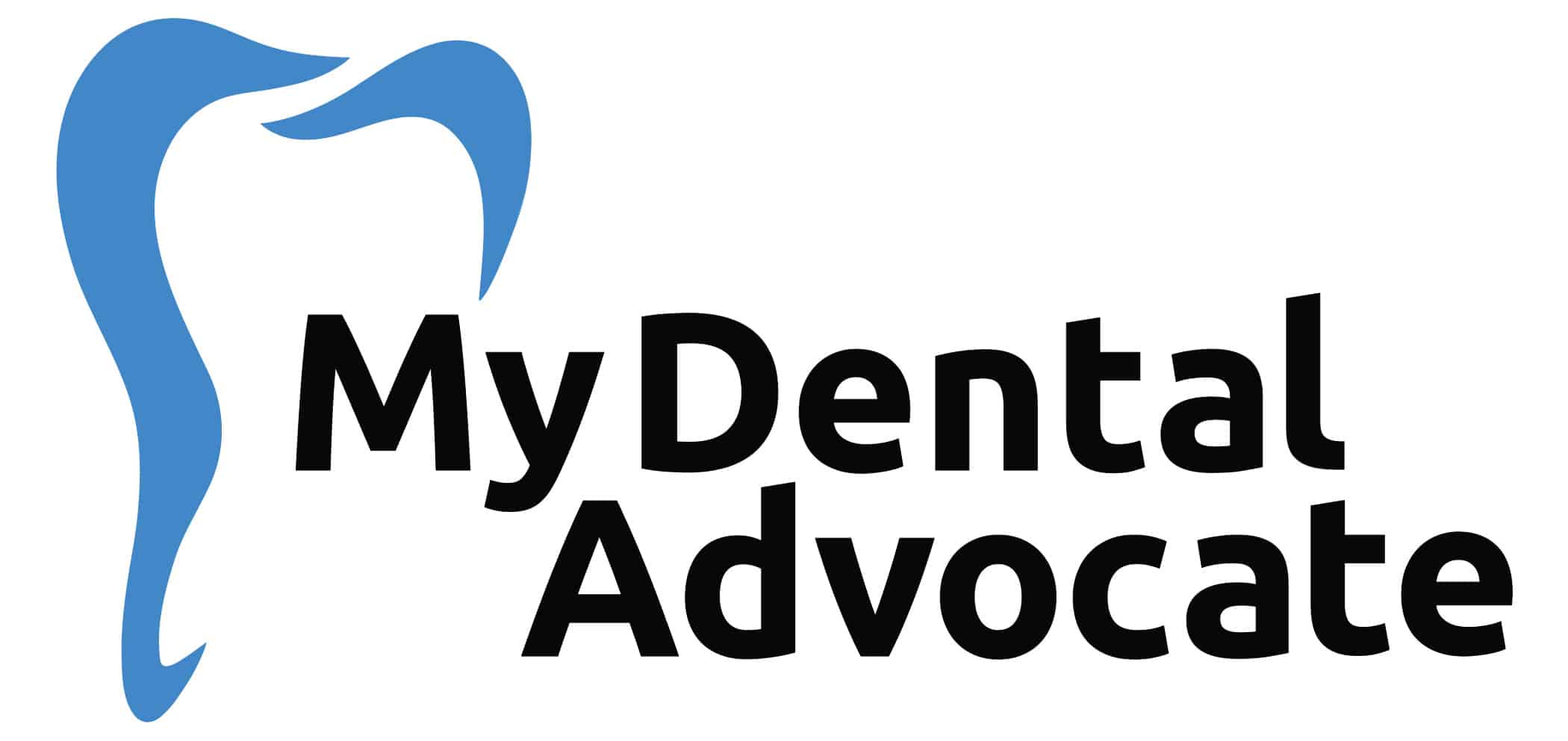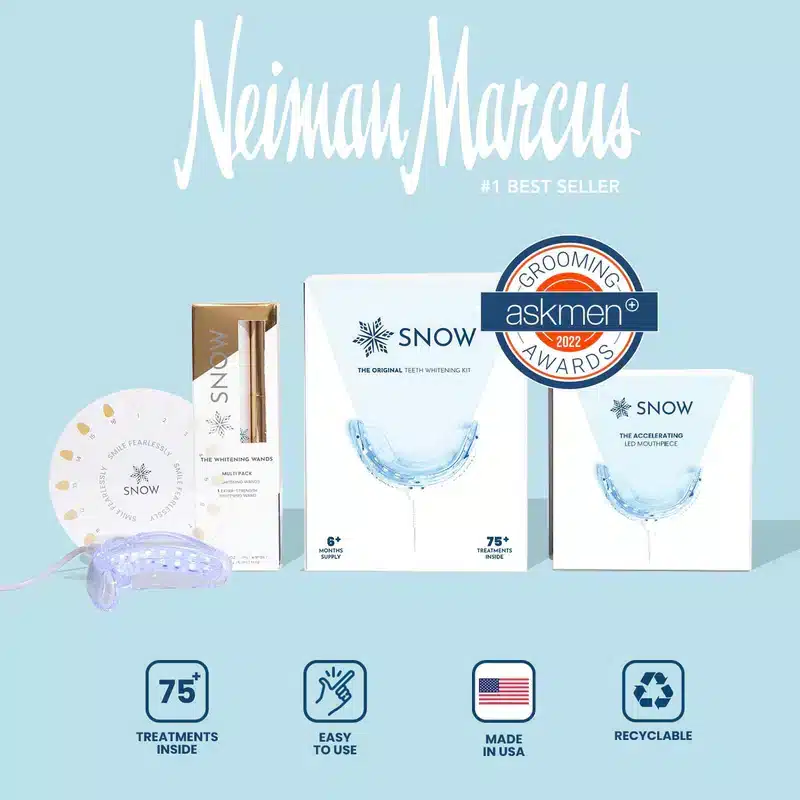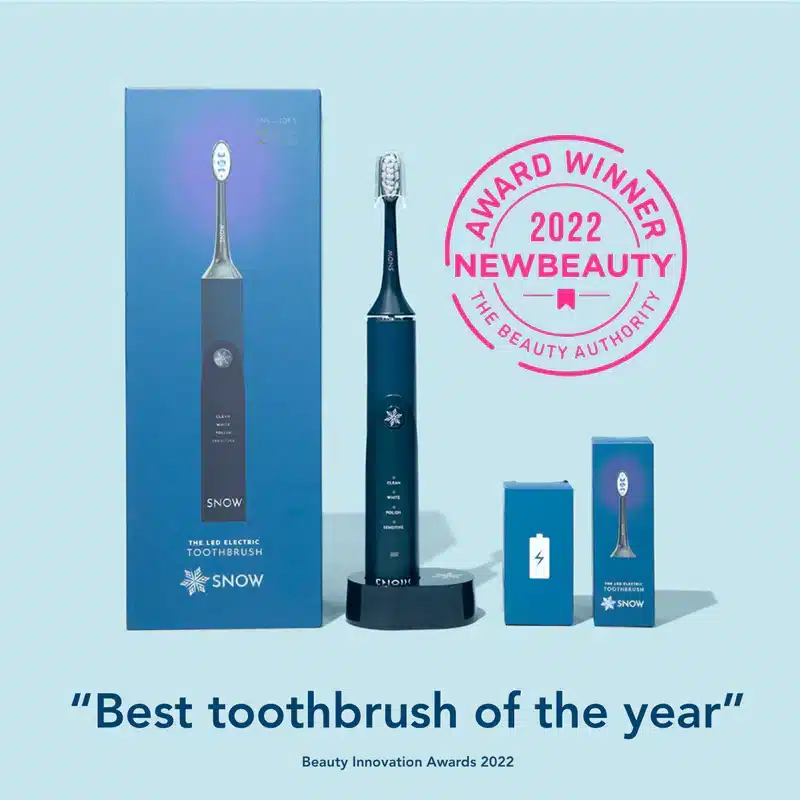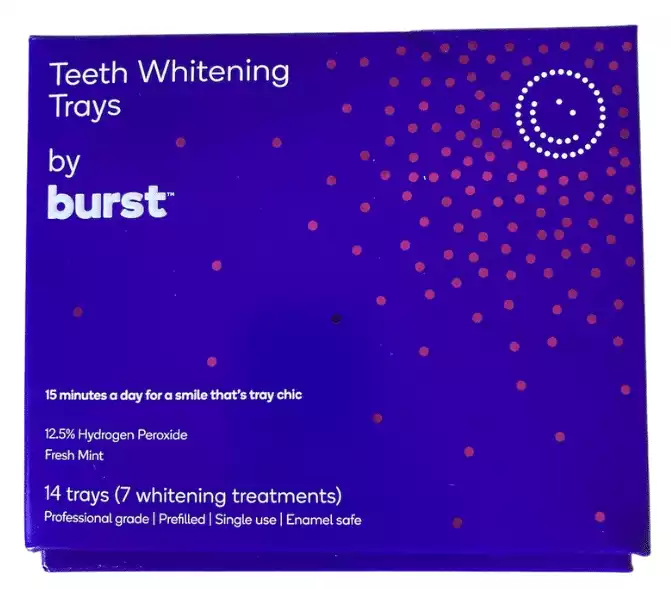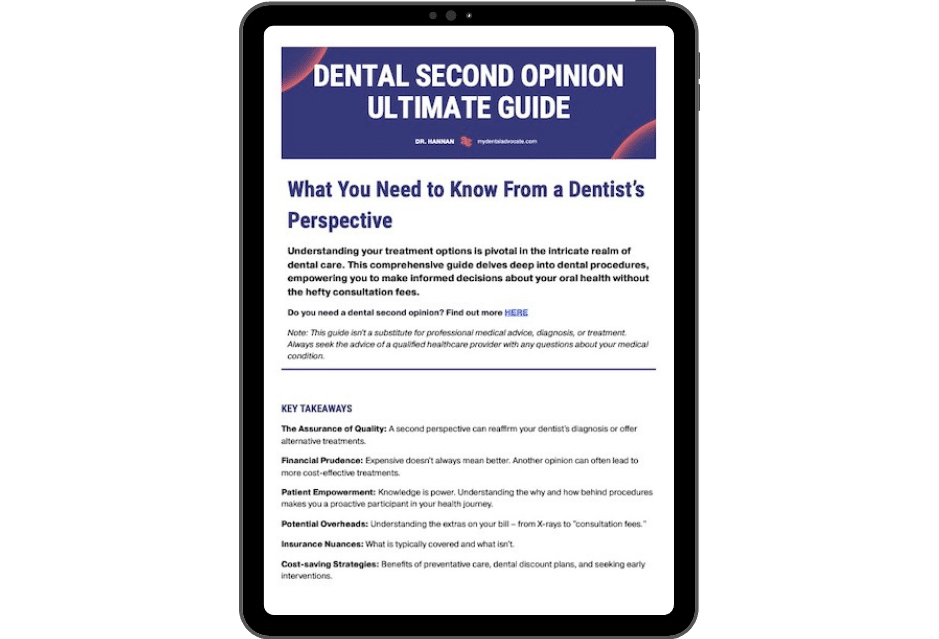Does Fluoride Cause Tooth Staining? (Expert Advice)

Fluoride is a superhero in fighting tooth decay, but does it come with a catch?
Some people worry that using fluoride can lead to unsightly tooth stains.
In this post, we’ll explore the science behind fluoride and tooth staining to help you understand whether this superhero mineral is really a villain in disguise.
Recommended Reading: Teeth Staining | The Ultimate GuideNeed Dental Advice? Ask Dr. Hannan!
Does Fluoride Stain Teeth?
The short answer is no; fluoride does not cause tooth staining.
On the contrary, fluoride is an effective tool in preventing tooth decay and maintaining good oral health. However, there are some factors to consider when it comes to tooth stainings, such as the type of staining and the way fluoride is used.
Key Factors
- Fluoride is a mineral that helps to strengthen tooth enamel and prevent decay.
- It does not cause tooth staining on its own.
- However, certain types of staining, such as intrinsic staining, can make teeth appear discolored even with regular brushing and flossing.
- Intrinsic staining is caused by factors such as genetics, medication use, and injury to the tooth.
So while fluoride itself does not cause tooth staining, it’s essential to be aware of the different types of staining and how they can affect the appearance of your teeth.
Recommended Reading: 30 Foods That Surprisingly Stain Teeth (The Ultimate List)Extrinsic vs. Intrinsic Staining
Tooth staining can be divided into two categories: extrinsic and intrinsic staining.
- Extrinsic staining – Occurs on the tooth’s surface and is often caused by lifestyle factors such as smoking, drinking coffee or tea, or eating certain foods.
- Intrinsic staining – Occurs within the tooth and is often caused by factors such as genetics, medication use, or injury to the tooth.
While fluoride does not cause either type of staining, it can help to prevent extrinsic staining by strengthening the tooth enamel and making it more resistant to decay. Intrinsic staining, however, cannot be prevented by fluoride use alone.
Recommended Reading: Does Matcha Stain Teeth? The Truth About Matcha and Teeth StainsWhat Do the Studies Say?
Numerous studies have been conducted on the effects of fluoride on tooth staining, and the results are clear: fluoride does not cause tooth staining on its own.
However, excess fluoride use can lead to fluorosis, which can cause white or brown spots on teeth.
Dentist Recommendation: I recommend using sensitivity toothpaste 2 weeks before whitening teeth to prevent sensitivity, which affects up to 78% of patients, according to the American Dental Association (ADA).
Key Findings
- Fluoride is an effective tool in preventing tooth decay and maintaining good oral health.
- Fluoride use does not cause intrinsic staining caused by factors such as genetics, medication use, or injury to the tooth.
- Excessive use of fluoride can lead to fluorosis, which can cause white or brown spots on the teeth.
- Fluorosis is rare in areas with fluoridated water and is more likely to occur where fluoride is overused.
- The American Dental Association recommends using fluoride toothpaste to prevent tooth decay but cautions against using too much fluoride.
- Fluoride supplements should only be used under the guidance of a dentist or doctor.
While there is no evidence to suggest that fluoride causes tooth staining, it’s important to use fluoride products as directed and consult your dentist if you have any concerns about staining or fluorosis.
Recommended Reading: Brewing Up the Truth: Does Coffee Really Stain Your Teeth?How Can You Prevent Tooth Staining While Still Getting the Benefits of Fluoride?
While fluoride itself does not cause tooth staining, there are some steps you can take to prevent staining while still getting the benefits of fluoride.
Tips to Consider
- Use fluoride toothpaste as directed.
- Spit out the toothpaste after brushing. Do not swallow it.
- Use a soft-bristled toothbrush and brush gently.
- Floss daily to remove plaque and prevent tooth decay.
- Limit your intake of stain-causing foods and drinks such as coffee, tea, and red wine.
- Quit smoking or using tobacco products.
- Visit your dentist regularly for professional cleanings and exams.
By following these tips, you can help to prevent tooth staining while still getting the benefits of fluoride for your oral health.
To learn more about fluoride’s history and dental benefits, check out “The Story of Fluoridation” from the National Institute of Health (NIH).
Best Whitening Products
SNOW's bestselling teeth whitening kit combines their advanced whitening serum with LED light technology for professional-level results. Whiten your teeth in as little as 9 minutes a day.
Formulated with expert cosmetic dentist Dr. Brian Harris. Their teeth whitening kit protects your pearly whites while removing tough surface stains. Recommend by 9 out of 10 dentists (DentalAdvisor).
Deep stains don’t stand a chance. Their advanced proprietary whitening gel formula erases stains, fast. We use the same active ingredients as dentists. Their teeth whitening products are powered by hydrogen peroxide and carbamide peroxide.
These powerful whitening agents combined with LED light provide the ultimate whitening solution.
Meet the 2022 NEW BEAUTY® Award Winner!
Equipped with blue LED light for whitening support and sonic technology for better cleaning, this toothbrush leaves your smile whiter and brighter.
And, with 4 unique modes, your new toothbrush customizes each brushing session to exactly what you need: Clean, Whiten, Polish, and Sensitive.
Custom-fit feel trays visibly brighten smiles in 15 minutes daily, with dramatic results after just 1 week.
Created by hygienists and dentists and formulated with 12.5% hydrogen peroxide for professional-grade whitening. All 7 treatments come prefilled and ready to work their magic. No more whitening guesswork!
Clean, vegan, ingredients that are gentle on enamel but tough on stains. Whitens up to 6 shades in just 7 days.*
Frequently Asked Questions (FAQ)
Can braces cause gray teeth?
Braces may cause gray teeth if they are not cleaned properly. Plaque buildup around the brackets and behind the braces’ wire can cause decalcification, leading to gray or dull-looking teeth (source: NewMouth).
How common are braces stains?
Braces stains are common, especially white spots that appear as areas of decalcification on the teeth after braces come off. These white spots are actually very early tooth decay (source: Innovative Ortho Centers).
How do I get rid of braces stains?
To get rid of braces stains, it is important to brush your teeth 2-3 times per day using a soft toothbrush and teeth whitening toothpaste. Spend extra time around the braces and use sodium bicarbonate if some white spots remain (source: How2RemoveStains).
My Experience & Expertise
As a dentist with years of experience, I can confidently say that fluoride is a safe and effective tool for preventing tooth decay and maintaining good oral health.
While there is some concern about tooth staining and fluorosis, these risks can be minimized by using fluoride products as directed and following good oral hygiene practices.
Key Takeaways
- Fluoride does not cause tooth staining on its own.
- Excessive use of fluoride can lead to fluorosis, but this is rare in areas with fluoridated water and is more likely to occur in areas where fluoride is overused.
- The benefits of fluoride in preventing tooth decay far outweigh the risks of staining or fluorosis.
- Using fluoride products as directed and following good oral hygiene practices, such as regular brushing, flossing, and dental visits can help to maintain good oral health and prevent tooth decay.
In summary, fluoride is a safe and effective tool for preventing tooth decay and maintaining good oral health.
By using fluoride products as directed and following good oral hygiene practices, you can enjoy the benefits of fluoride without worrying about tooth staining or other adverse side effects.
Need a second opinion? We can help! Learn more. Knowledge is power when cultivating healthy dental habits. The more informed you are, the better positioned you’ll be to prevent avoidable and potentially costly dental procedures for you and your family. Watch for future blog posts, where we’ll continue sharing important information, product reviews and practical advice!

About the Author
Dr. Matthew Hannan, also known as “Dr. Advocate,” is a board-certified dentist on a mission to provide accurate dental patient education. He attended Baylor University before completing dental school at UT Health San Antonio School of Dentistry. He now lives in Arizona with his beautiful wife and 4 kids. Dr. Hannan believes everyone should access easy-to-read dental resources with relevant, up-to-date dental research and insight to improve their oral health.

Connect with Dr. Hannan!

Pregnancy Gingivitis (Causes, Symptoms & Treatment 2024)
Pregnancy and the baby’s development inside a mother’s womb is a beautiful miracle; however, it doesn’t come without swollen legs, body aches and labor pains. In addition, hormones are in constant flux, preparing the mother for the baby’s arrival. Progesterone and estrogen…
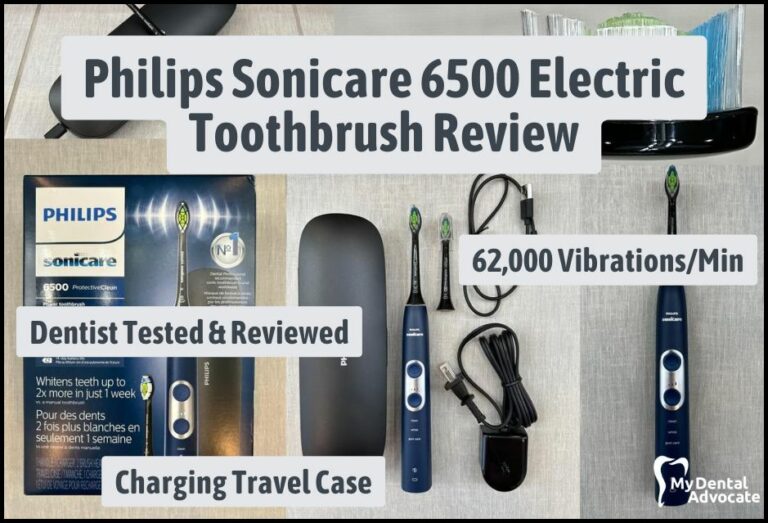
Philips Sonicare 6500 Electric Toothbrush Review 2024
In the realm of dental care, the Philips Sonicare 6500 Electric Toothbrush emerges as a revolutionary player. This cutting-edge device transcends standard cleaning, delivering a superior brushing experience that rewards you with a rejuvenated and sparkling smile.
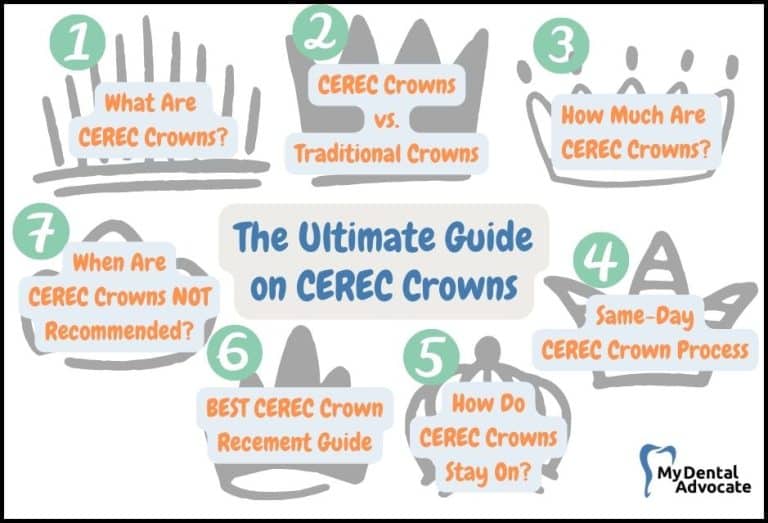
CEREC Crowns | The Ultimate Guide (Content Hub)
CEREC crowns are same-day crowns that are fabricated in-office using CAD/CAM technology. This article is the content hub for CEREC crowns and is divided into seven sections. Each section links to another article…
Gain Clarity with Our FREE Second Opinion Guide
Receive clear, expert second opinions online within 48 hours. Start today!
Product Reviews
Our 250+ dental product reviews (and counting), curated by an experienced dentist, are the most comprehensive online.
Toothbrush Genie
State-of-the-art chatbot designed to help you discover your perfect toothbrush in just a few simple steps!
Cavity Risk Assessment
Cutting-edge digital tool designed to evaluate your individual cavity risk based on your responses to a series of questions.
Gum Disease Assessment
Discover your gum disease risk with our quick and engaging 6-question assessment!
